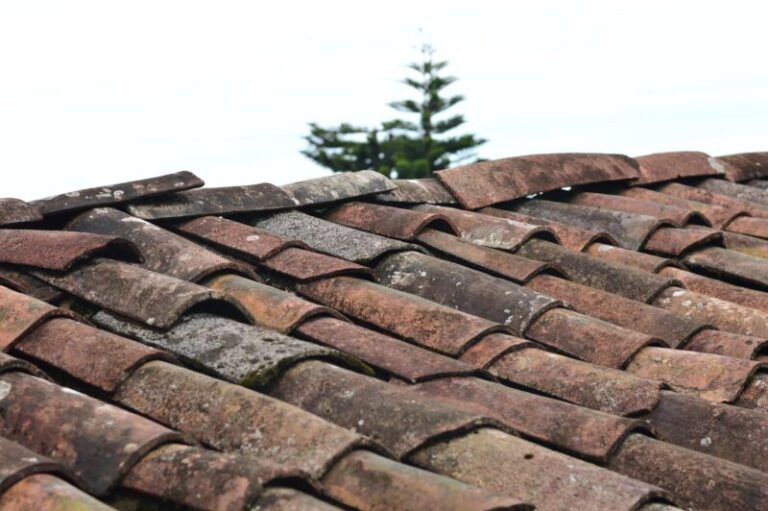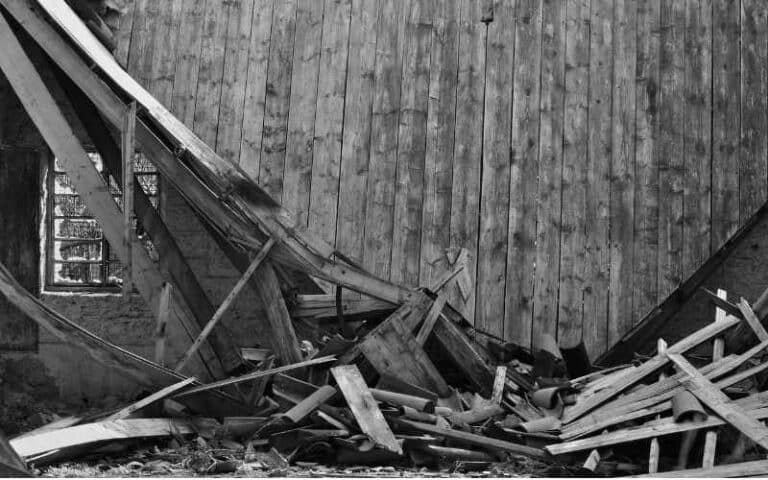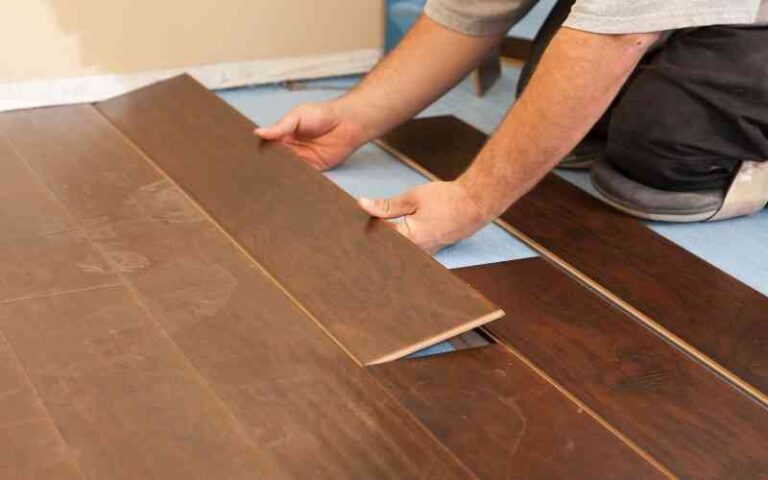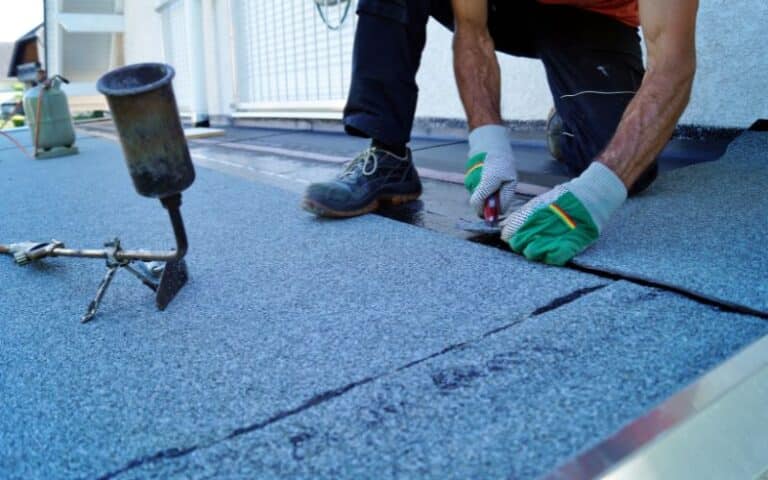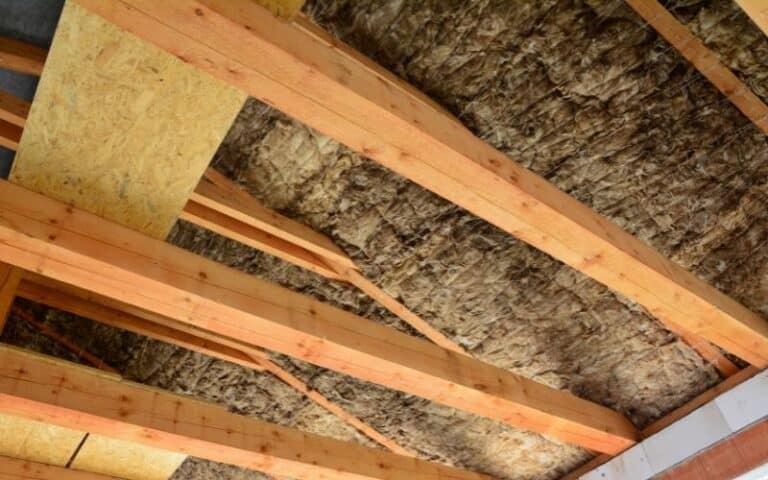For any roof you choose for your building, ventilation is necessary. This idea applies to an exposed rafter tail too.
While some builders box some rafter tails, others leave them exposed but with designs that make them beautiful. But is this wise? Let’s find out!
You can vent your exposed rafter tail. However, it’s best to repair the exposure before venting your attic. To do this, you must purchase the right materials and follow the correct instructions.
This article emphasizes how to vent with an exposed rafter tail, if exposing a rafter tail is advantageous and how long you can expose it when venting.
Ready for a Roofing Quiz?
How To Vent With Exposed Rafter Tail?
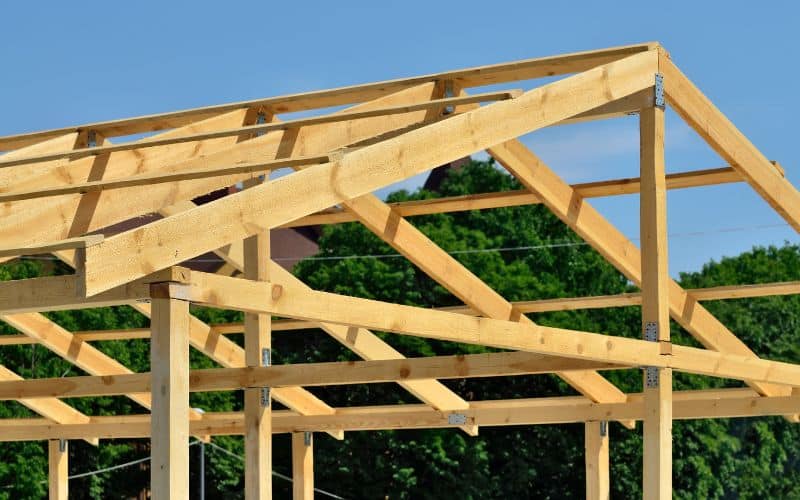
The first stage is acquiring materials. In most cases, you can buy them already cut, blocked, screened, and drilled here at the local lumber yards. As long as it can serve, that’s okay.
Then, you measure the bay, trim it to the exact length if the bay is of a fraction one way or the other, and insert the blocking. This idea is so you get your exact measurement.
However, you should know that you will not apply a fascia to the ends of the tails to mount the gutters and want to leave them open. And so the next question comes.
How much overhang are you going to have at your eaves? Even two feet could pose a problem of splashback deterioration.
If you do not have much overhang, you must create gutters or means to deal with water.
You can do this by being careful to spline and flash basement windows or band boards properly.
You then need to ditch the aluminum mesh and be careful to ensure you use a good stiff, galvanized mesh.
The aluminum stuff and flimsy steel sold for this purpose don’t keep out birds, only insects. But the target is to balance your upper and lower vents.
So, whatever you decide, have it at the back of your mind that you need to meet the minimum net-free ventilation need ratio and will need to balance your lower and upper vents.
One thing you should take note of is that only an excellent job can give you an excellent result. So, you need to hire the services of a roofing expert, as this item is paramount.
Is it wise to Vent Exposed Rafter Tail?
Yes. The Exposed rafter tail venting is highly advantageous, and you cannot overemphasize its benefits. I’ll explain some of the advantages that get people to choose it.
One, rafter tails that you expose protect roof sheathing from water damage during the rain.
The rafters on many buildings extend beyond the top wall plate to create overhangs at the eave.
Another fact you can also see as advantageous is that an exposed rafter tail shields windows from the summer sun.
Hence, an exposed rafter tail venting can be advantageous for all seasons.
Builders install wood blocking with screened holes or a venting mesh on top. This process provides blocking and keeps bugs and birds from getting in.
Again, aesthetically, the rafter tails create an unfussy and pleasing character, highlighting the rhythm, beauty, charm, and order inherent in the form of the building’s structure.
Rafter tails, you expose, create opportunities, and make room for carpenters and designers to display their inbuilt skills by including Corbels and even filtered, scalloped, or believed details.
Another advantage is you reduce construction costs when imploring the exposed rafter tail construction method.
It eliminates the cost of extra materials you should need to box fully in soffits.
Beyond just the fact that an exposed rafter tail saves cost, its architectural design is also fancy. And so people more often than before now use it for their homes.
Below is a table illustrating the advantages and disadvantages of venting an exposed rafter tail.
| Advantages | Disadvantages |
|---|---|
| Saves the cost of construction. | Improper venting can lead to leakage. |
| It keeps birds, especially bugs, from coming in. | It brings in both calm and hot air, depending on the weather. |
| It is aesthetically beautiful, fancy, and charming. | It gives room for intrusion. |
How Long Should the Rafter Tail Be Exposed When Venting?
In typical construction, you do not leave rafter tails visible after you finish the overhang, but sometimes you leave the rafter tail exposed as decoration.
How long you should expose the rafter tail when venting depends on the house owner’s decision or the architect’s design style.
These factors are the determinants of a rafter tail’s length.
Depending on what the designer and house owner are trying to demonstrate, you can add side skills and lovely designs to it during the venting period.
There exist different rafter tail length cuttings for different roof sizes. And some roof sizes have standard lengths, sizes, and numbers of rafter tails.
A building as long as 30 with a gable roof will need 24 rafters at 16 centers.
And 24 at 32 centers for a make 30 feet multiplied by 12 should give 360 divided by 24 in the center.
This should give 15 rafters tails + 1 should give 16 rafters per side multiplied by two should total 32 rafters.
30feetwet x 12 should give 360 inches length divided by 16 on-center = 22.5 rafters -> round-up plus 1 = 24 rafters per side, so times by 2. You will need 48 rafters in total for the roofing.
Rafter vents come in foot lengths of 4, 14-1/2, and 22-1/2 inches wide, meant for varying rafter spacing.
You can expose a rafter tail by 1,” 11⁄2,” 2,” 25⁄8,” 31⁄8″, 35⁄8,” 41⁄8″, 45⁄8″, 51⁄8″, 55⁄8″, 61⁄8″, 65⁄8″, 71⁄8″, 75⁄8″, 81⁄8″, 83⁄4″, 91⁄4″, 93⁄4″, 101⁄4″, 103⁄4″, 111⁄4″, 113⁄4 long when venting.
But in the long run, you and I can set up that you must consider many factors, such as the nature of the environment and weather.
And many others, the question of how long you want your rafter tail pops into your mind.
It would be best not to expose a rafter tail for very long when venting. This idea is due to water and rain, which in most cases could incur losses and lead to wastage.
Conclusion
Rafter tail venting ensures that soffits are okay. Allowing the passage of air outside to move into the attic of a house at the soffits and out of the house through the roof or ridge vent.
So, when looking for a design with old-fashioned charm, you cannot overemphasize what beauty and fancy the exposed rafter tail carries. It’s an amazing design for house venting.


